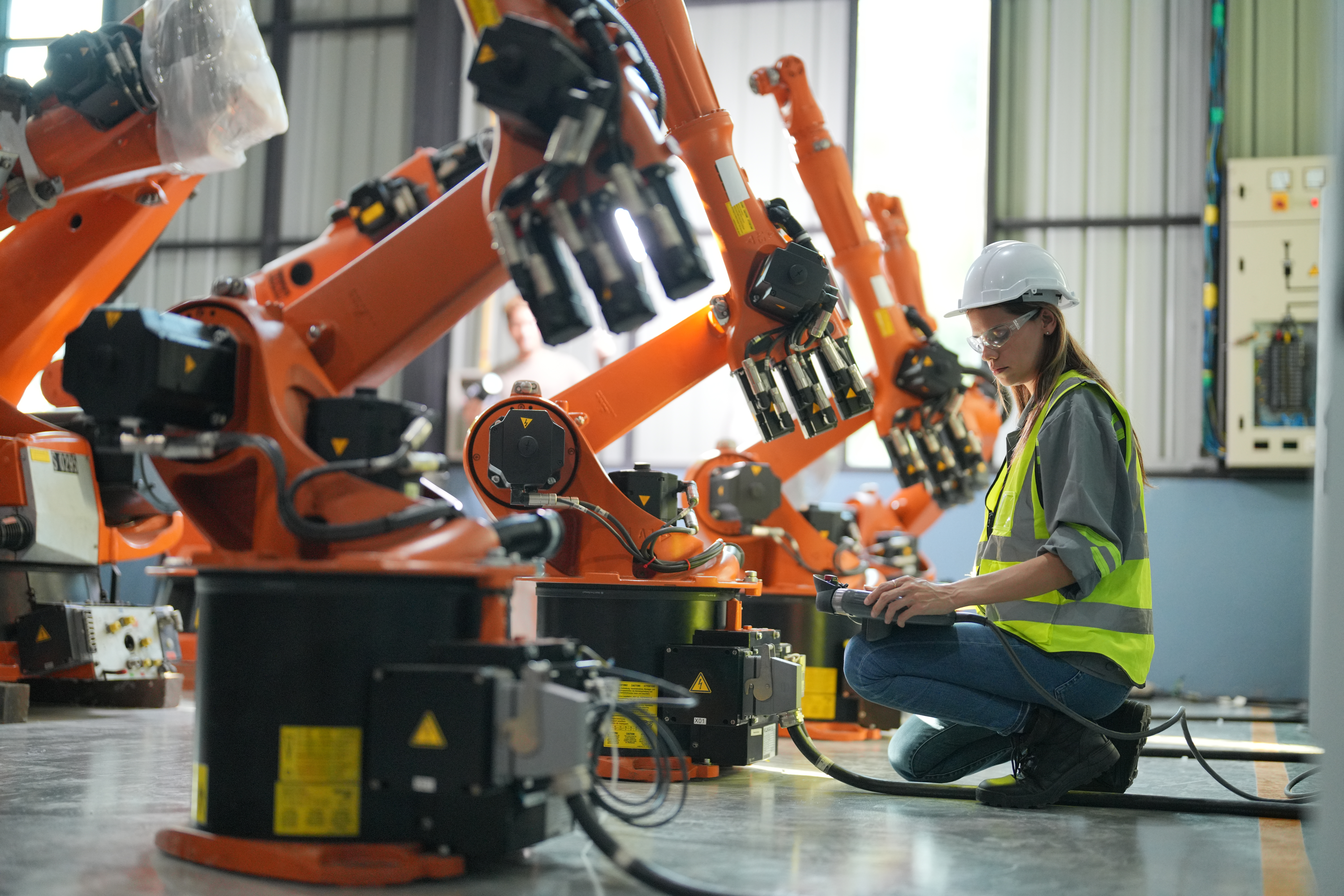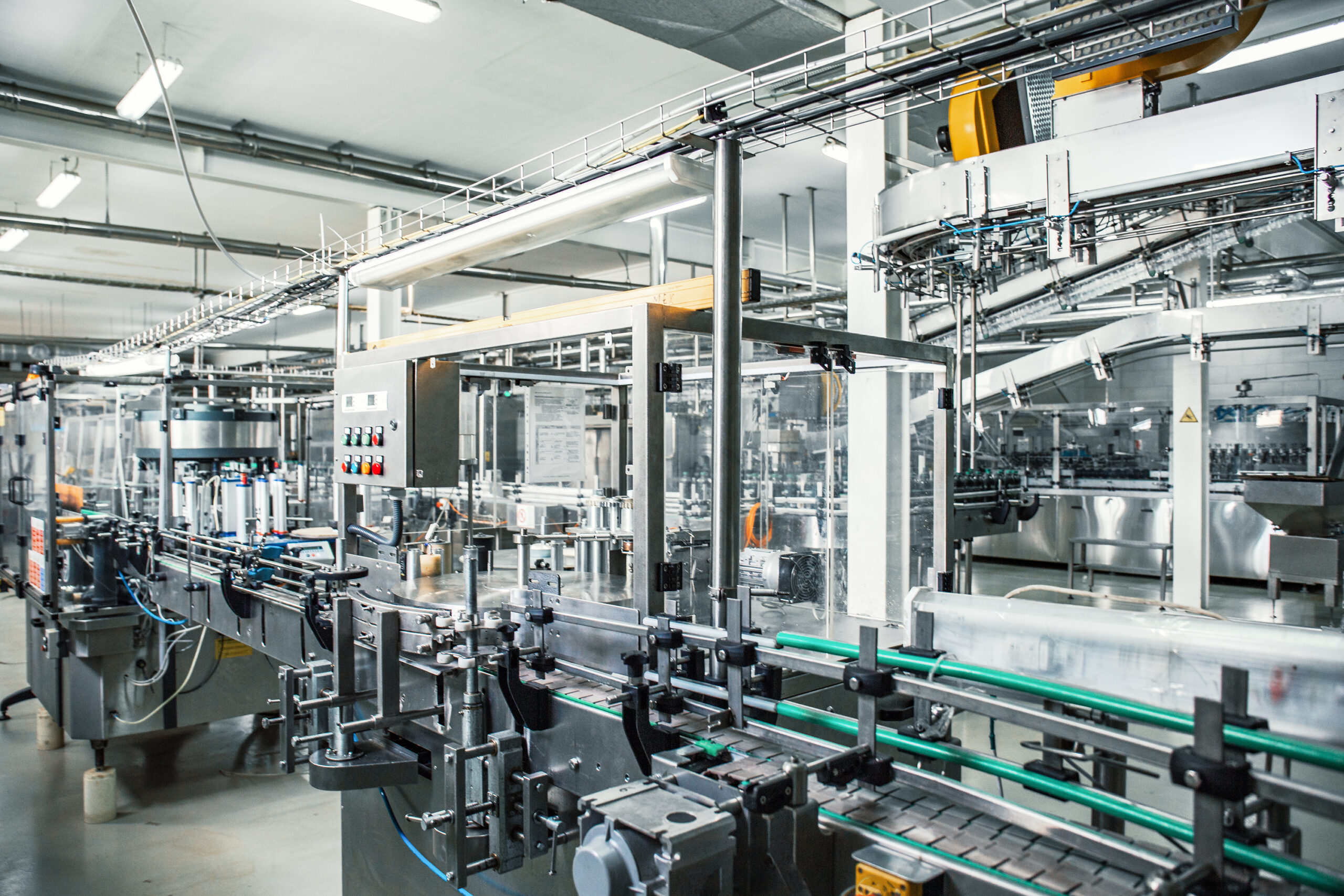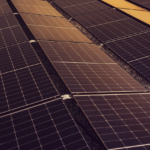
Making informed decisions about industrial equipment can make or break your operations. The choice between new and used industrial equipment is significant, with each option offering its own set of advantages and drawbacks. This guide is here to help you navigate these crucial choices and optimize your operations and financial returns.
Understanding Industrial Equipment
You’ll find industrial equipment in many forms and applications. From heavy machinery in the construction industry to precision tools in manufacturing, these assets play a vital role in daily operations. When you’re buying equipment, you’ll have to choose between new and used items. Your decision will have implications for your operations, costs, and even your company’s image.
An aspect that may impact your decision is the quality of components in the equipment, such as Industrial Seals. The condition of these components, which ensure efficient and safe machinery operation, significantly influences the performance of both new and used equipment.
Advantages And Disadvantages Of New Industrial Equipment
When deciding on purchasing industrial equipment, understanding the benefits and downsides of new machinery is crucial. New equipment, fresh off the assembly line, brings inherent advantages. But it also carries potential challenges that might affect your operations and bottom line. Let’s examine these aspects in detail:
Advantages
- Latest Technology: New equipment often comes with the latest technology, improving efficiency and productivity.
- Warranty Coverage: Most new equipment includes a manufacturer’s warranty, offering protection against defects and malfunction.
- Reliability: New equipment is typically more reliable, with less immediate need for repairs or maintenance.
Disadvantages
- High Upfront Costs: New equipment often requires a large initial investment, which might be prohibitive for some businesses.
- Depreciation: New equipment tends to depreciate faster, potentially affecting its resale value.
- Lead Times: There can be extended lead times for delivery of new equipment, especially for customized machinery.
Once the benefits and challenges of new equipment are clear, it’s essential to explore the alternative – used or second-hand machinery. This option also presents its own set of advantages and potential hurdles but worth checking out if you’re also thinking about rentals.

Advantages And Disadvantages Of Used Industrial Equipment
Used or second-hand industrial equipment can be an appealing choice if you’re operating on a limited budget or need quick equipment solutions. However, you should approach this option understanding both its benefits and challenges clearly.
Advantages
- Lower Initial Cost: Used equipment generally costs less to purchase upfront, offering an affordable solution for businesses on a tight budget.
- Quick Availability: Used equipment is often readily available for immediate use, bypassing the delivery wait times associated with new machinery.
- Less Depreciation: Used equipment has already gone through its major depreciation phase, which could offer a better resale value in the future.
Disadvantages
- Potential for Higher Maintenance: Used equipment might require more frequent maintenance or repairs, which could increase overall operating costs.
- Shorter Lifespan: Since the equipment has already been in use, it may not last as long as new equipment.
- Lack of Warranty: Used equipment often comes without a warranty, which could mean extra costs if something goes wrong.
So, in conclusion, your choice between new or used industrial equipment hinges on various factors like your budget, business needs, and long-term goals. It’s important to carefully consider all these aspects to make the best decision for your business.
Deciding Factors In The Equipment Purchase Process
The decision to buy new or used industrial equipment isn’t solely about comparing upfront costs. It requires a comprehensive assessment of several key factors that are vital to your business’s needs, long-term goals, and financial health. Here are some of the key factors you should take into account:
- Total Cost of Ownership: This includes not just the purchase price, but also ongoing maintenance costs, potential repair expenses, and the possible resale value of the equipment.
- Business Needs and Requirements: Consider the scale of your operations, the frequency of equipment use, and any specific functionalities that you require. It’s important to choose equipment that effectively meets your operational needs.
- Equipment Lifespan: New equipment generally lasts longer, but used equipment can also provide good service life, especially if it has been well-maintained. Assessing the expected lifespan of the equipment can influence the cost-benefit analysis.
- Sustainability Considerations: Environmental impact is becoming increasingly significant in business decisions. Evaluate the energy efficiency of the equipment and its role in reducing your company’s carbon footprint.
- Financing Options: Familiarize yourself with the different financing options, such as loans, leases, or equipment rental agreements. These can significantly affect the affordability of the equipment.
As you evaluate these factors, it’s important to remember that the goal is to make the best decision for your business’s future.
Final Thoughts
Choosing between new and used industrial equipment involves an intricate process. It’s not just about the initial cost; factors like total cost of ownership, business needs, and lifespan all play a role. By carefully considering each aspect, you arm your business with the knowledge to make the most informed decision. Remember, the decision you make today will significantly influence your business’s future trajectory, so choose wisely.



